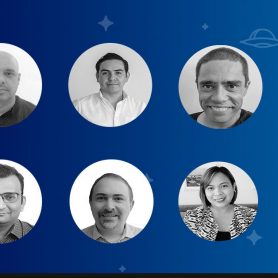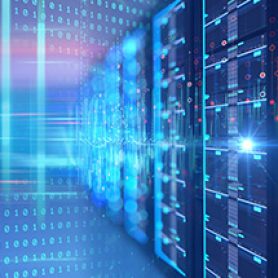Latest posts
How to keep a product mindset at every level of API design
One of my all-time favorite quotes comes from Albert Einstein: “If I had an hour to solve a problem, I’d spend 55 minutes thinking... read more.
How to maintain the quality and reliability of your APIs
Implementing measures to assure quality and reliability are crucial for any integration solutions. Faulty and unreliable applications can lead to costly maintenance and repairs,... read more.
How to connect Tableau to an Experience API
Tableau is the leading visual analytics platform transforming the way we use data to solve problems — it empowers people and organizations to make... read more.
Introducing our new MuleSoft Ambassador and Ambassadress 2021 cohort!
Our group of MuleSoft experts is growing and we’re excited to introduce eight new MuleSoft Ambassadors as part of our first 2021 cohort. These... read more.
Speed up your application deployment on Runtime Fabric with unallocated CPU capacity
As the world innovates at a faster and faster rate — it’s critical for businesses to see changes in the market and address them quickly... read more.
Introducing the Women Who Mule Meetup group
We are so excited to introduce our new Women Who Mule Meetup group! This group is dedicated to providing a space for women developers... read more.
Your guide to MUnit testing strategies and test coverage
Humans make mistakes. While they’re usually harmless, when it comes to building applications, these mistakes can be expensive and risky. This is why application... read more.
Migrating Runtime Fabric: VMs/Bare Metal to self-managed Kubernetes
This blog serves as a guide to help you better understand the requirements, considerations, and processes that go into migrating from Runtime Fabric on... read more.
Meet the top Q4 MuleSoft Community contributors
Thank you to all of our MuleSoft Community Leaders and members for your dedication, effort, and continued support throughout 2020. This last quarter, we... read more.
How to install Runtime Fabric on-premises
This is the part 2 of a series on Runtime Fabric. The installation of Runtime Fabric involves many steps running across several platforms.... read more.






















